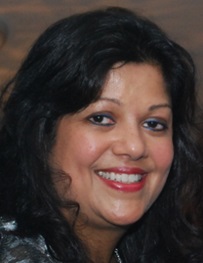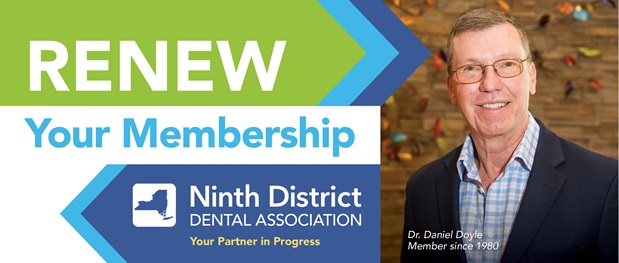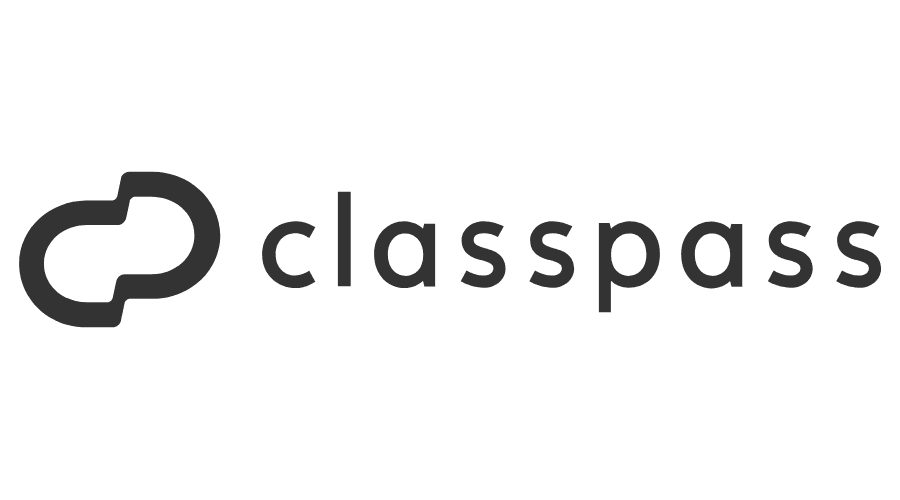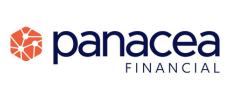New York State Appellate Division, Third Department, Dismisses Inmate's Dental Malpractice Case
The Appellate Division, Third Department, of the New York State Supreme Court has issued a dental malpractice decision in Curry v. State of New York in favor of New York State on an inmate’s claim of dental malpractice while he was incarcerated in a New York State correctional facility. The case is interesting in that the inmate tried to use the continuous treatment doctrine with multiple dentists to overcome the statute of limitations, but the court refused to apply that doctrine where there was no other linkage among the dentists other than being employees of New York State. The court held that the lawsuit was barred by the statute of limitations. You can read the complete court opinion here: Curry Dental Court Case and below.
State of New York Supreme Court, Appellate Division Third Judicial Department
Decided and Entered: June 5, 2025
CV-23-2009
________________________________
SHYMEL CURRY, Appellant,
V
STATE OF NEW YORK, Respondent.
________________________________
MEMORANDUM AND ORDER
Before: Clark, J.P., Aarons, Ceresia, Fisher and McShan, JJ.
__________
Shymel Curry, Wallkill, appellant pro se.
Letitia James, Attorney General, Albany (Kevin C. Hu of counsel), for respondent.
__________
McShan, J.
Appeal from an order of the Court of Claims (Jeanette Rodriguez-Morick, J.), filed May 3, 2023, which denied claimant's application pursuant to Court of Claims Act § 10 (6) for permission to file a late claim.
Beginning in 2006 through 2022, claimant, an incarcerated individual, was seen by numerous dentists in several correctional facilities. At different points in time, claimant received temporary dental fillings and, eventually, extractions of four of his teeth. In 2013 and 2014, claimant filed grievances with the Department of Corrections and Community Supervision (hereinafter DOCCS) asserting that he had received deficient dental care. Claimant did not file any further grievances after that point.
In September 2022, claimant commenced this instant claim alleging, among other things, dental malpractice. Claimant asserted that the temporary fillings he received in certain specific teeth were not timely removed, which caused him "extreme pain, infections, deterioration and delayed extractions." In connection with his filing, claimant sought permission to file a late claim, arguing that his claim is timely by virtue of the continuous treatment doctrine. The Court of Claims denied the motion, determining that the claim exceeded the 2½-year statute of limitations on dental malpractice actions and the continuous treatment doctrine did not apply to his claim. Timing notwithstanding, the court further determined that the claim lacked merit. Claimant appeals.
We affirm. "[P]ermission to file a late claim may be granted, in the discretion of the Court of Claims, if a motion is made before the expiration of the statute of limitations applicable to an action against a private citizen" (Grasse v State of New York, 228 AD3d 1028, 1029 [3d Dept 2024] [internal quotation marks and citation omitted]; see Court of Claims Act § 10 [6]). As relevant here, dental malpractice claims have a 2½-year statute of limitations accruing from the time of the "act, omission or failure complained of" (CPLR 214-a; see Ferrara-Carpenter v Ormsby, 233 AD3d 1134, 1134 [3d Dept 2024]). Claimant's assertions of malpractice encompass acts and omissions that occurred well beyond the 2½-year statute of limitations (see CPLR 214-a; McClurg v State of New York, 204 AD2d 999, 1000 [4th Dept 1994], lv denied 84 NY2d 806 [1994]), precipitating his effort to invoke the continuous treatment doctrine. Based upon our review of claimant's submissions, we find that the doctrine does not apply.
"Under the continuous treatment doctrine, the limitations period does not begin to run until the end of the course of treatment if three conditions are met: (1) the patient continued to seek, and in fact obtained, an actual course of treatment from the defendant physician during the relevant period; (2) the course of treatment was for the same conditions or complaints underlying the plaintiff's medical malpractice claim; and (3) the treatment is continuous" (Rhodes v Van Valkenburg, 236 AD3d 838, 839 [2d Dept 2025] [internal quotation marks and citations omitted]; see Allende v New York City Health & Hosps. Corp., 90 NY2d 333, 338 [1997]; Ferrara-Carpenter v Ormsby, 233 AD3d at 1135; Easton v Kellerman, 248 AD2d 913, 914 [3d Dept 1998]). For the doctrine to apply when, as here, multiple medical providers are involved, "there must be an agency or other relevant relationship between the health care providers" (Allende v New York City Health & Hosps. Corp., 90 NY2d at 339 [internal quotation marks and citations omitted]; see Dubose v New York City Health & Hosps., 255 AD2d 234, 235 [1st Dept 1998], lv dismissed 93 NY2d 848 [1999]). Establishing such a relationship requires more than simply identifying a shared employer; rather, a claimant must demonstrate some "relevant relationship between the allegedly negligent physician and the subsequent treating physician before the subsequent treatment is imputed to the initial physician for tolling purposes" (Ogle v State of New York, 142 AD2d 37, 39 [3d Dept 1988]; see generally Allende v New York City Health & Hosps. Corp., 90 NY2d at 340).
Claimant's treatment records submitted alongside his motion reflect that the only treatment date within the applicable statute of limitations was in August 2022.1 Although the record indicates that the various dentists in six different facilities who had provided dental care to claimant since 2006 all worked as medical professionals for DOCCS, noting the lengthy gaps in between claimant's treatment on the specific teeth he identifies in his claim during the relevant period, there is no other connection that would tether them for the purpose of tolling the statute of limitations (see Young v New York City Health & Hosps. Corp., 91 NY2d 291, 296 [1998]; Allende v New York City Health and Hosps. Corp., 90 NY2d at 340; Nykorchuck v Henriques, 78 NY2d 255, 259 [1991]; Mello v Long Is. Vitreo-Retinal Consultant, P.C., 172 AD3d 849, 851 [2d Dept 2019]; Fraumeni v Oakwood Dental Arts, LLC, 108 AD3d 495, 497 [2d Dept 2013]; Johanson v Sullivan, 68 AD3d 1303, 1305 [3d Dept 2009]; Ogle v State of New York, 142 AD2d at 39). Accordingly, as "the applicable limitations period [had] expired in this case, the court was without authority either to entertain a subsequent motion to extend the time to file a late claim, or . . . grant such relief" (Roberts v City Univ. of N.Y., 41 AD3d 825, 826 [2d Dept 2007]; see Campos v State of New York, 139 AD3d 1276, 1278 [3d Dept 2016]). In light of our determination, claimant's remaining contentions are rendered academic.
Clark, J.P., Aarons, Ceresia and Fisher, JJ., concur.
1 That treatment appears to encompass the extraction of tooth #13. According to his records, claimant received a filling in tooth #13 in March 2008 and had no further treatment on that tooth until September 2019.
ORDERED that the order is affirmed, without costs.
ENTER: Robert D. Mayberger Clerk of the Court










.png?sfvrsn=4447de7f_1)

















